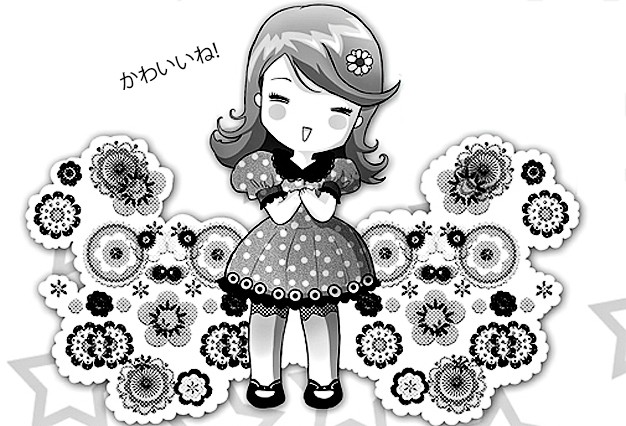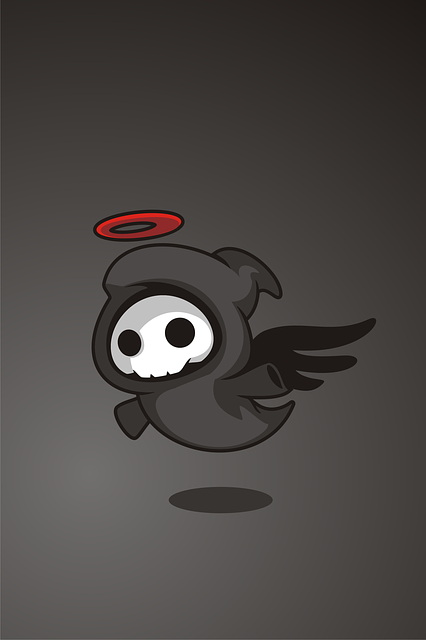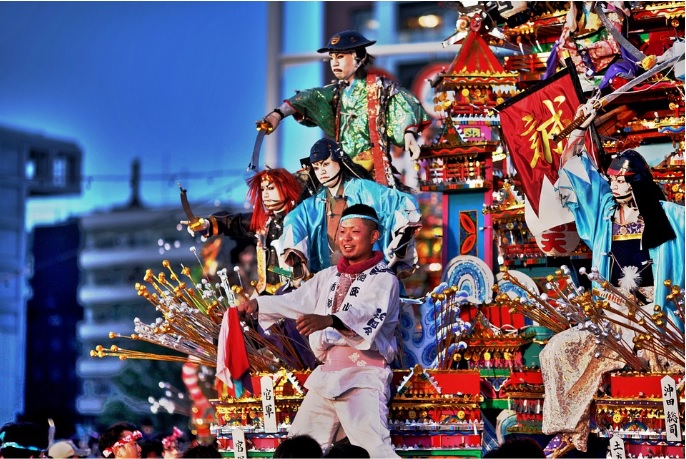
Cute.
The word “kawaii” just literally means “cute” in the Japanese language.
However, eventually, the word seemed to have evolved into ways that humanity may not be able to control anymore.
Aside from the original kawaii culture pertaining to pastel colors and anything child-like, glam and small, over the years, the word has invited concepts that seemed to veer away from the real meaning anymore. Nowadays, some say that Japan already has an “obsession with cute,” which has gotten overboard by boxing and somehow, “requiring” women to be “kawaii.”
The Japanese culture of “kawaii”
![]()
The fad for “cute” was said to have originated during the late 1960s, during a “rebellion” by Japanese university students wherein, instead of going to their classes, they just read children’s manga.
For the next two decades, during the 70s and the 80s, the “childish” aura had dominated the kawaii culture: from products, food, dresses and even to speech.
This seemed to have continued to the 90s, with the expansion of what is considered the epitome of the Japanese cute, Hello Kitty. This decade also saw the rise of the Lolita fashion culture and the rise of those cute monsters called Pokemon.
When kawaii became an “escape”

Some say that the persistence of the cute culture is due mostly to it being so “saleable.” Cute things are catchy enough to make anyone patronize all the merchandise associated with it. The Conversation even pertained to it as, “Cute culture is capitalism disguised, repackaged and covered in glitter.”
However, some say that the cute culture of Japan spread not only in the archipelago nation but also throughout the world because of the “escape” it provides the people who indulge in it. Because being cute is associated with childhood, it provides a somewhat escape, especially with the harsh and strict realities of modern Japan.
In addition, with the Japanese culture being dominated by uniformity and the essence of a group, expressing oneself in the kawaii way, like in fashion, can empower the person by seemingly “breaking through” that cultural barrier of stiffness.
However, maybe all things are done in excess always turn the world upside down.
When kawaii turned into a “prison”

Due to the apparent rise of the cute culture, this mentality seemed to have crept to the minds of Japanese men, preferring the kawaii ones than the others. This may appear normal, however, according to the wife of Japan’s prime minister, Akie Abe, in an interview by Bloomberg, “Japanese men tend to prefer cute women over capable and hardworking women.” Because of this, still according to her, even women who are not on the cutesy stuff are “required” to change their personality in order to attract men.
And this concept alone became the driving force in the rise of the fashion style called “ant-kawaii.”
The concept of “anti-kawaii”
Designer duo, Eily and Jammy is known for the “anti-kawaii” concept. According to Eily, in an interview by NHK World Japan, “We hate kawaii” signifies a rebellious spirit over kawaii, or cuteness forced on us by others.”
The style they created features artistic variations of the sailor uniform, which is a common pattern for the schoolgirl uniform in Japan. In addition, Eily said that she created the style after learning that the schoolboy uniform is patterned after military uniforms, who are considered to be of “higher rank” than of the sailors. “I wouldn’t let men decide on what I should wear,” Eily added. She also said that this style entitles the sailor outfit, which is initially an image of powerlessness, in comparison to its military counterpart.
A shop owner, who sells Eily and Jammy’s works, even said that because these clothes appear “odd” and somehow out of the normal “cute” in Japan, people who wear the style seemed to have something bold to say to the world, for being able to carry and wear such style, that even defies Japan’s “uniformity.“
This gives a sense of rebelliousness to the style, countering the idea that women should be cute and simply powerless all the time.
Going back to the history of the so-called “kawaii” which actually began as a rebellion, the culture eventually, but maybe unintentionally, evolved into something that restricts women at one point or the other. Because of this, maybe it is just fit that women will also be the ones to counter such a “cute” threat on feminism and women empowerment.
Banner photo by Daya Wyrd. Licensed under Creative Commons.
Sources:





